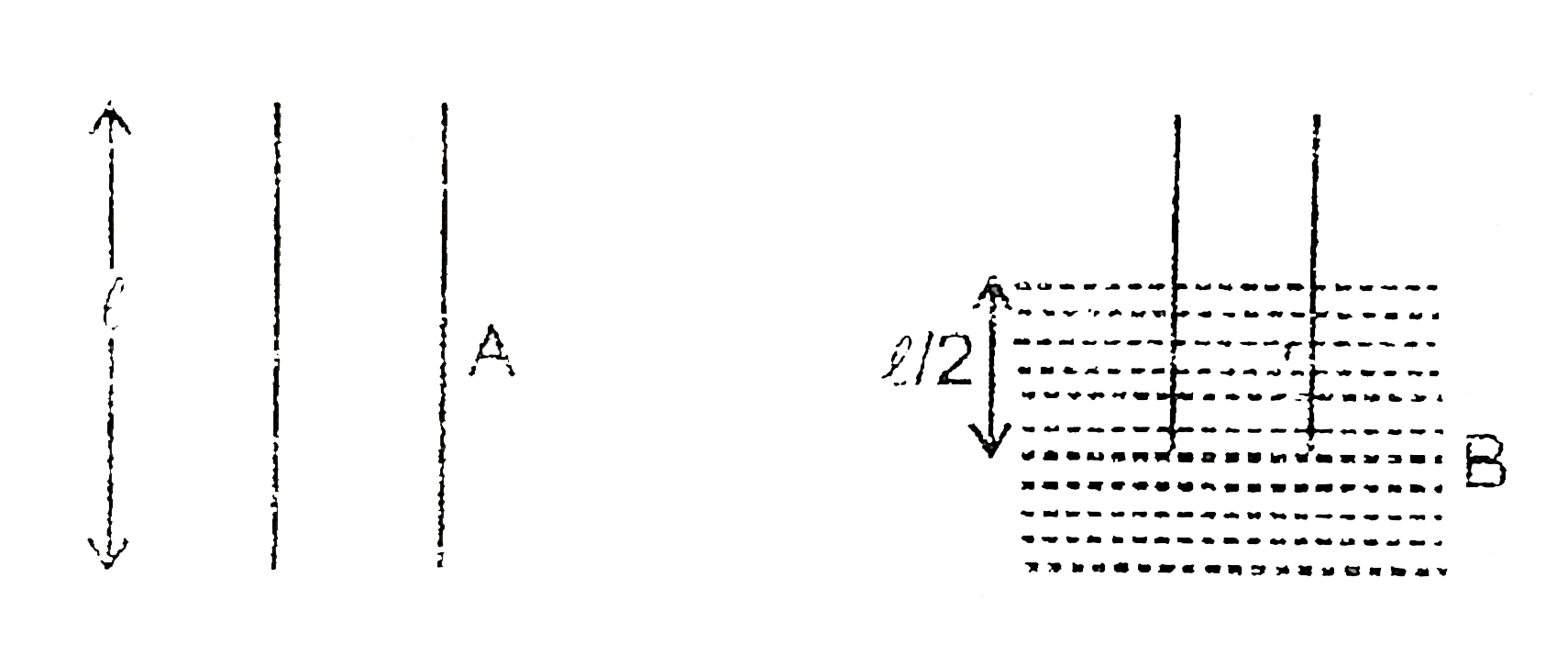Pitch has frequencies that are multiples of the fundamental frequency.
To solve the question regarding pitch and its relationship with the fundamental frequency, we can break it down into steps:
1. Understanding Fundamental Frequency:
- The fundamental frequency is the lowest frequency of a sound wave, which is produced by the vibration of vocal cords in voiced sounds. It is often denoted as f0.
2. Identifying Pitch:
- Pitch is a perceptual property of sounds that allows them to be classified as "higher" or "lower". It is closely related to the frequency of the sound wave.
3. Harmonics:
- Harmonics are frequencies that are integer multiples of the fundamental frequency. If the fundamental frequency is f0, the harmonics can be expressed as:
- First harmonic (fundamental frequency): f0
- Second harmonic: 2f0
- Third harmonic: 3f0
- And so on.
4. Example of Fundamental Frequency:
- Let’s assume the fundamental frequency f0 is 220 Hz. This means:
- First harmonic: 1×220Hz=220Hz
- Second harmonic: 2×220Hz=440Hz
- Third harmonic: 3×220Hz=660Hz
- Fourth harmonic: 4×220Hz=880Hz
5. Conclusion:
- Therefore, the pitch has frequencies that are multiples of the fundamental frequency. In this case, the fundamental frequency is 220 Hz, and its harmonics (or pitches) are 440 Hz, 660 Hz, 880 Hz, etc.
Final Answer:
The pitch has frequencies that are multiples of the fundamental frequency, which in this example is 220 Hz, and its harmonics are 440 Hz, 660 Hz, and 880 Hz.
---
- The fundamental frequency is the lowest frequency of a sound wave, which is produced by the vibration of vocal cords in voiced sounds. It is often denoted as f0.
- Pitch is a perceptual property of sounds that allows them to be classified as "higher" or "lower". It is closely related to the frequency of the sound wave.
- Harmonics are frequencies that are integer multiples of the fundamental frequency. If the fundamental frequency is f0, the harmonics can be expressed as:
- First harmonic (fundamental frequency): f0
- Second harmonic: 2f0
- Third harmonic: 3f0
- And so on.
- Let’s assume the fundamental frequency f0 is 220 Hz. This means:
- First harmonic: 1×220Hz=220Hz
- Second harmonic: 2×220Hz=440Hz
- Third harmonic: 3×220Hz=660Hz
- Fourth harmonic: 4×220Hz=880Hz
- Therefore, the pitch has frequencies that are multiples of the fundamental frequency. In this case, the fundamental frequency is 220 Hz, and its harmonics (or pitches) are 440 Hz, 660 Hz, 880 Hz, etc.
The pitch has frequencies that are multiples of the fundamental frequency, which in this example is 220 Hz, and its harmonics are 440 Hz, 660 Hz, and 880 Hz.
Topper's Solved these Questions
- SOUNDBOOK - ICSECHAPTER - SOUNDEXERCISE - Exercises (Section I) Choose the correct option to fill in the blank.
7 Videos
- SOUNDBOOK - ICSECHAPTER - SOUNDEXERCISE - Exercises (Section II) Give reasons for the following
6 Videos
- SOUNDBOOK - ICSECHAPTER - SOUNDEXERCISE - Exercises (Section I) Choose the correct option
7 Videos
- PHYSICAL QUANTITIES AND MEASUREMENT BOOK - ICSECHAPTER - PHYSICAL QUANTITIES AND MEASUREMENT EXERCISE - Picture Study
3 Videos
- WORK AND ENERGYBOOK - ICSECHAPTER - WORK AND ENERGYEXERCISE - Picture Study
3 Videos
Similar Questions
A set of tones whose frequencies are integral multiples of the fundamental frequency are called
View SolutionHow is the fundamental frequency of an open pipe related to the fundamental frequency of a closed pipe of half the length?
View SolutionAn open pipe is suddenly closed at one end with the result that the frequency of third harmonic of the closed pipe is found to be higher by 100Hz then the fundamental frequency of the open pipe. The fundamental frequency of the open pipe is
View SolutionA steel rod 100 cm long is clamped at its middle. The fundamental frequency of loungitudinal vibrations of the fundamental frequency of longitudinal vibrations of the rod are given to be 2.53 KHz. What is the speed of soind in steel?
View SolutionSTATEMENT-1: An open organ pipe can be used as a musical instrument but not a closed organ pipe.
STATEMENT-2: The fundamental frequency of an open orgna pipe is twice the fundamental frequency of a closed organ pipe of the same length.
View SolutionThe length , radius , tension and density of stringA are twice the same parameters of string B. Find the ratio of fundamental frequency of B to the fundamental frequency of A.
View SolutionFundamental frequency of sonometer wire is n. If the length, tension and diameter of wire are tripled the new fundamental frequency is
View SolutionThe fundamental frequency of a sonometer wire is n . If length tension and diameter of wire are triple then the new fundamental frequency is.
View SolutionTwo identical tubes A and B are kept in air and water respetively as shown. If the fundamental frequency of A is f0, then thr fundamental frequency of B is

View SolutionA wire of length 1m and mass 20g is stretched with a force of 800 N. Find the fundamental frequency. Also find the frequencies of the first two Overtones.
View Solution
